Mastering Chain and Techniques
Table of Contents
- Introduction
- About Mastering
- Cutting Frequencies
- Using Compressor
- Enhancing Stereo Image
- Using Span Plugin
- Conclusion
Introduction
In this article, we will explore Nicolas Rada approach to mastering and the techniques he uses to achieve a polished sound. He acknowledges that the track he is working on is a premaster and may have some flaws, but overall it sounds good.
All secrets in this video summary
About Mastering
Nicolas explains that his mastering chain involves a series of processes to enhance the overall sound quality of the track. He emphasizes that he is not an expert in mastering, but he has developed his own set of tools and techniques that work for him.
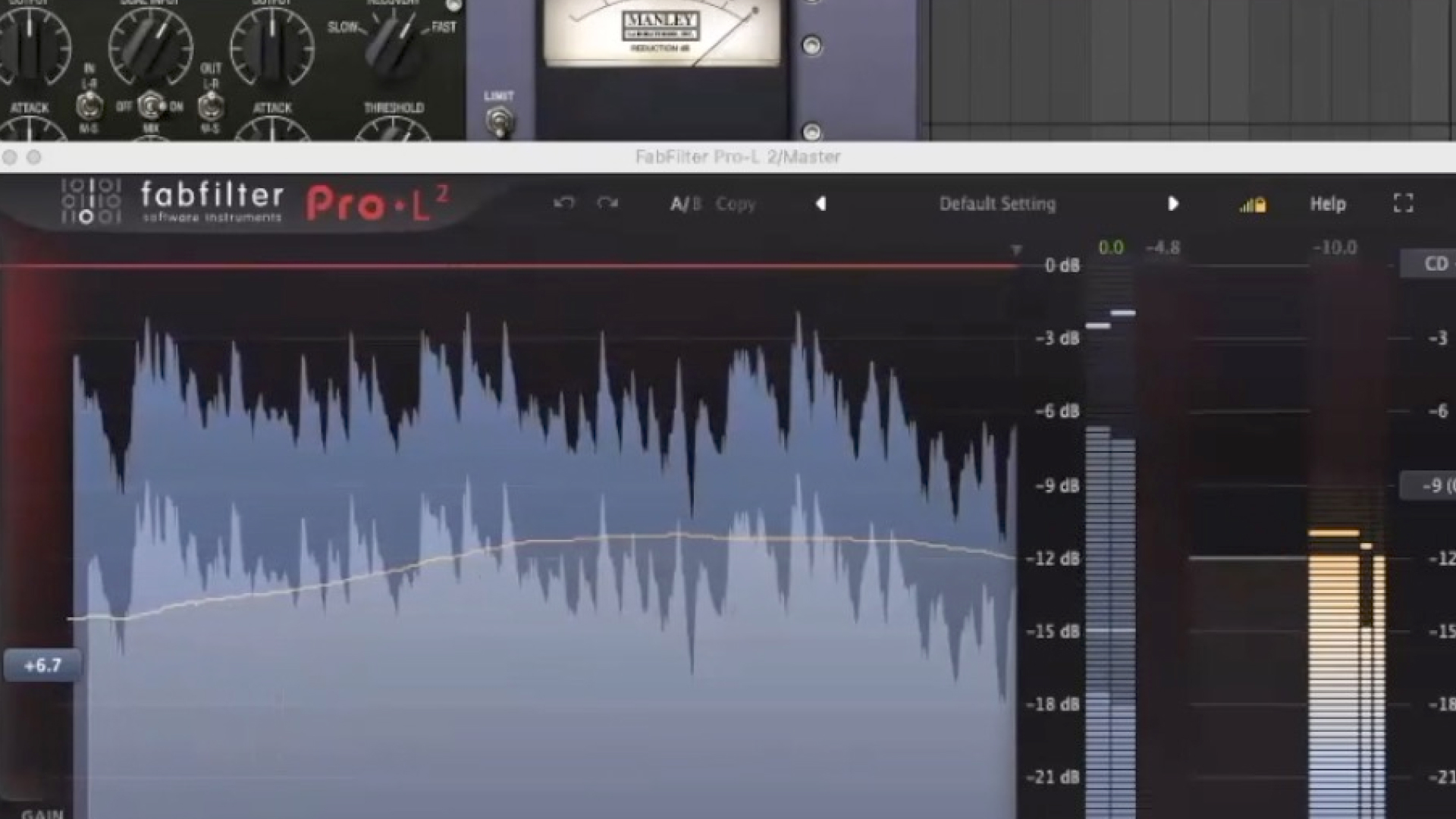
Cutting Frequencies
One of the key techniques Nicolas employs is cutting frequencies between 20 and 20,000 Hz. This helps to eliminate unwanted frequencies that could muddy the mix and make it sound less defined. By removing these frequencies, he is able to achieve a cleaner and more balanced sound.
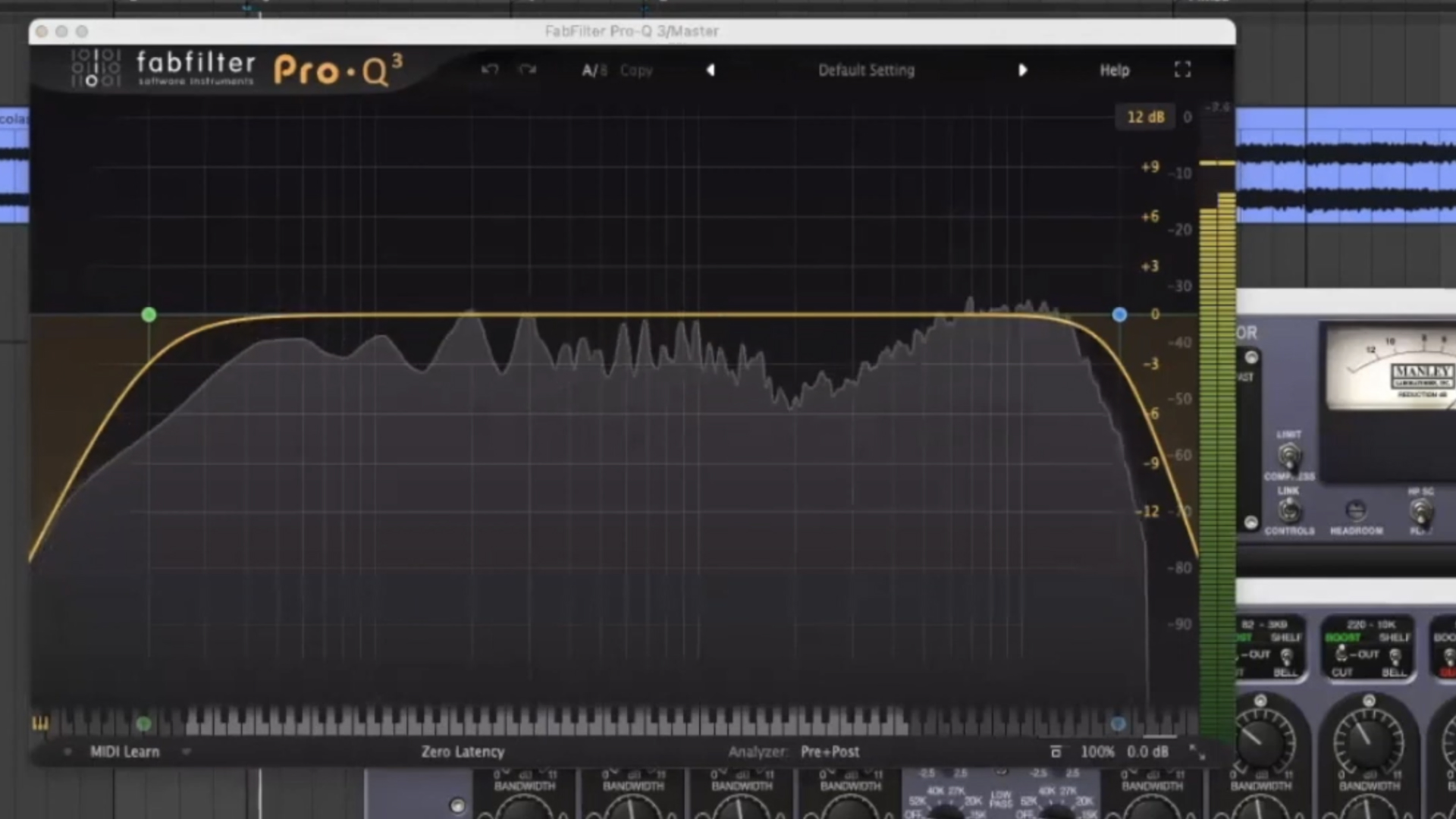
Using Compressor
Nicolas mentions that he sometimes uses a compressor in his mastering chain. This tool allows him to reduce peaks and emphasize certain elements in the mix. By controlling the dynamics of the track, he is able to achieve a more cohesive and controlled sound.
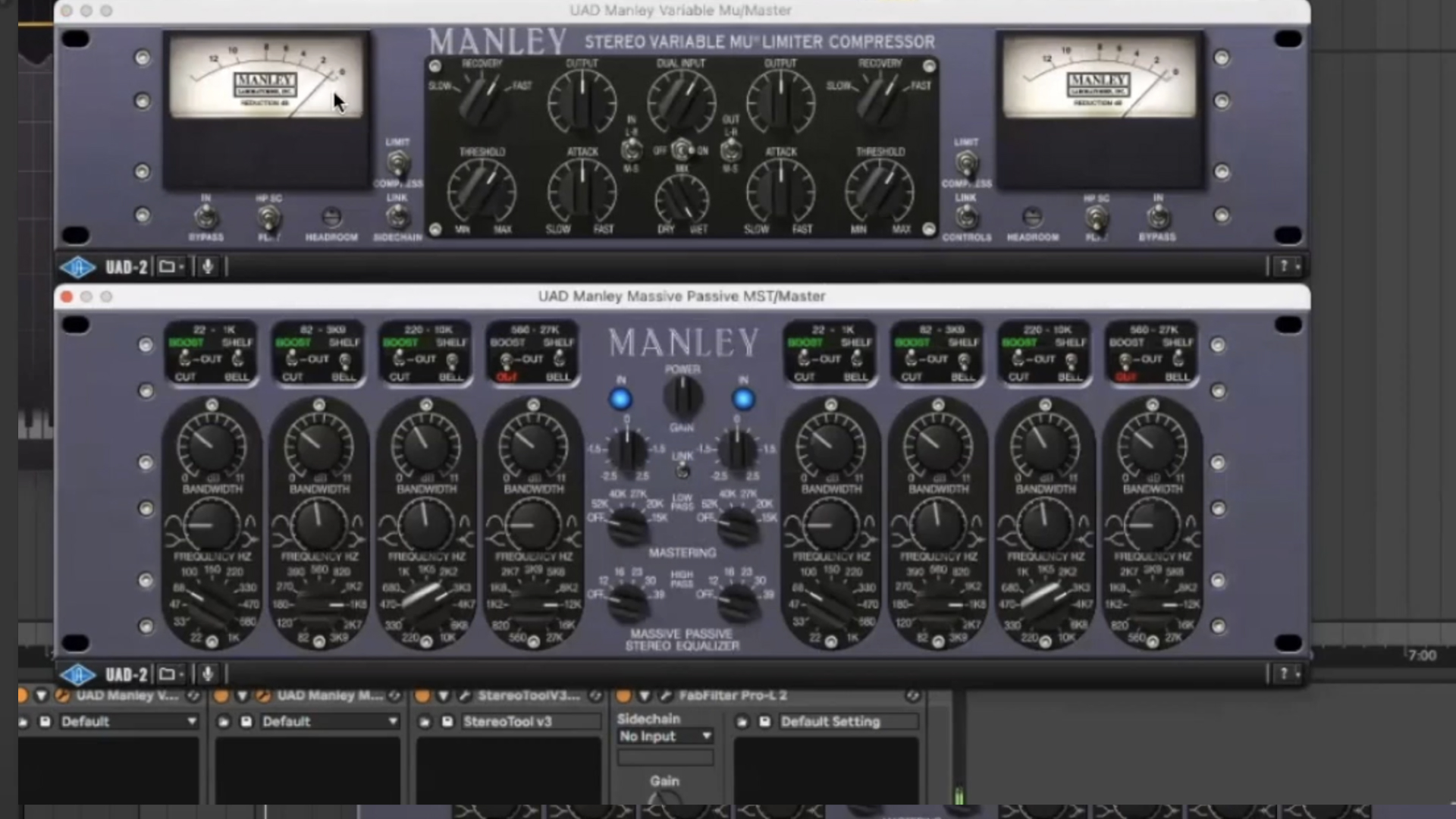
Enhancing Stereo Image
To enhance the stereo image and ensure the mix is in phase, he utilizes different plugins and tools. He specifically mention using the Manley and the Stereo Tool by FLUX plugins to widen the stereo image and create a more immersive listening experience. By carefully manipulating the stereo field, he is able to add depth and dimension to the track.
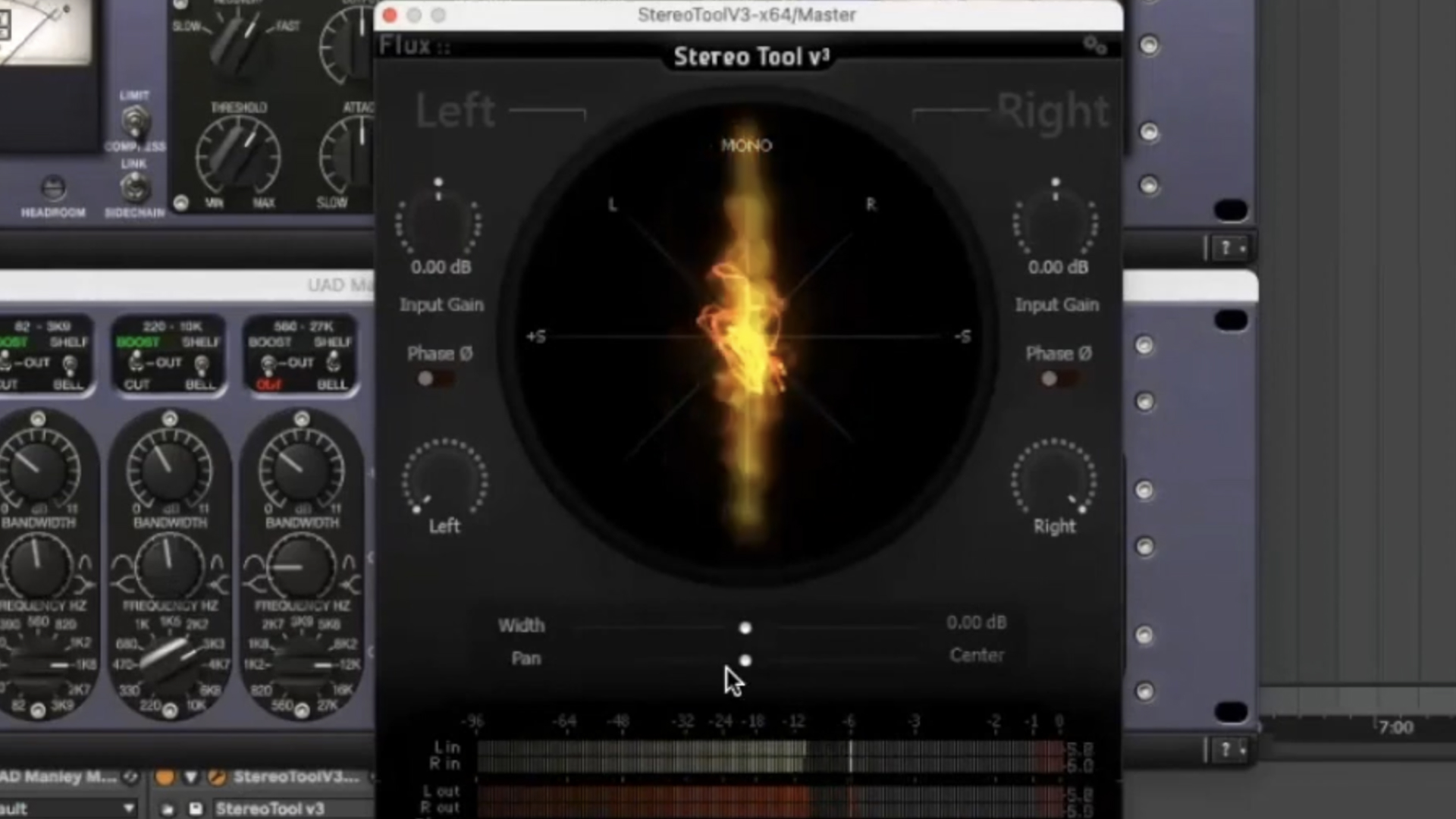
Using Span Plugin
Nicolas also mentions using the Span plugin for visual assistance in making adjustments. This plugin provides valuable visual feedback that helps to make precise and informed decisions during the mastering process. It aids in achieving the desired balance and clarity in the final mix.
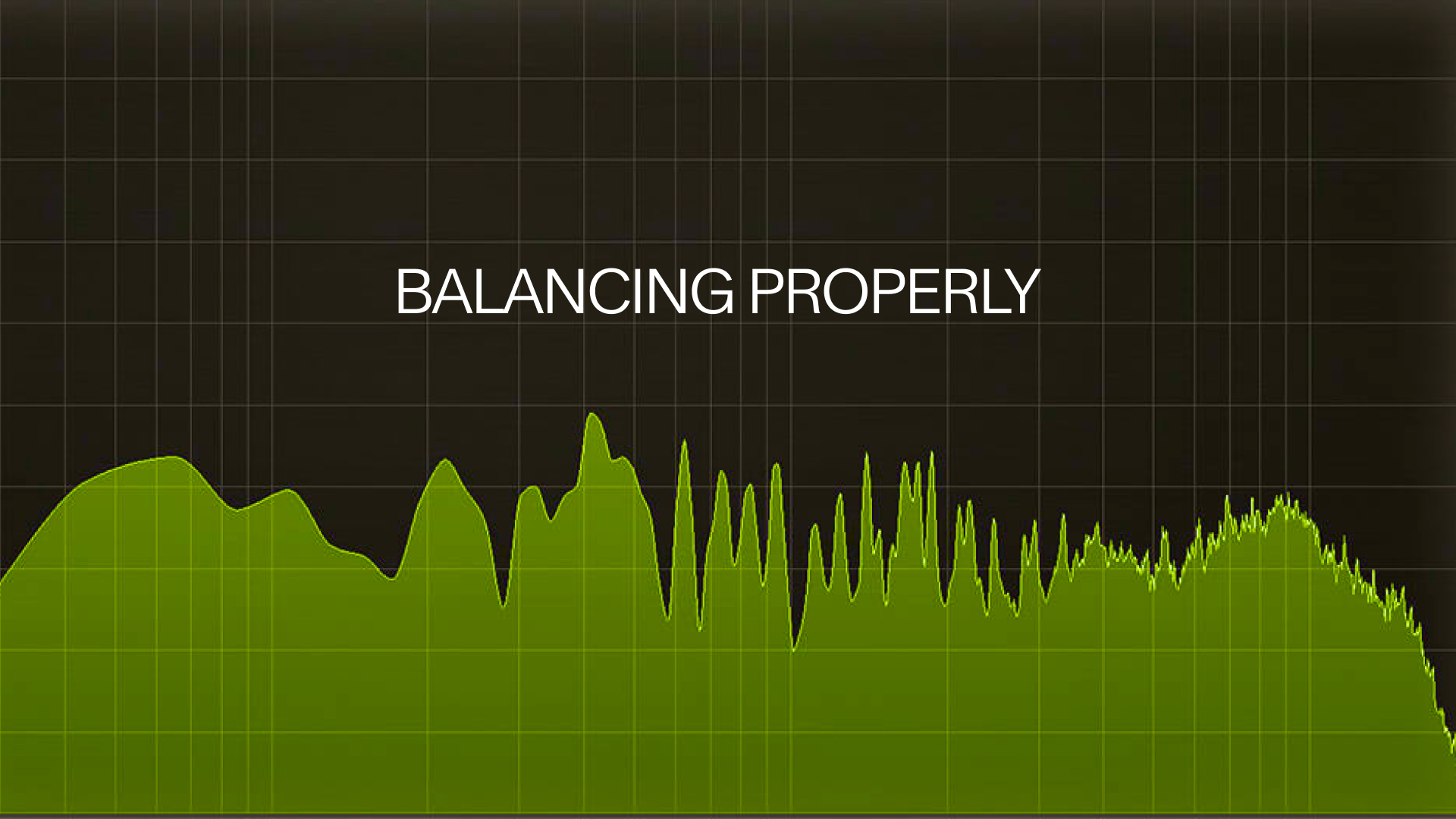
Conclusion
In conclusion, Nicolas highlights that he is still learning and refining his mastering skills. However, he has developed a mastering chain that works for him and allows him to achieve a polished sound. By cutting frequencies, using a compressor, enhancing the stereo image, and utilizing tools like the Utility plugin, he is able to elevate the quality of his tracks.
Frequently Asked Questions
1. Can anyone become a mastering expert?
Becoming a mastering expert requires a combination of technical knowledge, experience, and a good set of ears. While anyone can learn the techniques and tools, it takes time and practice to develop the necessary skills.
2. What are some other plugins that can be used in mastering?
There are numerous plugins available for mastering, such as EQs, limiters, and exciters. Some popular options include FabFilter Pro-Q, Waves L2 Ultramaximizer, and iZotope Ozone.
3. How important is the mastering stage in the music production process?
The mastering stage is crucial as it adds the final polish to the mix and ensures that it translates well across different playback systems. It helps to achieve a consistent and professional sound.
4. Can mastering fix a poorly recorded or mixed track?
Mastering can enhance the overall sound of a track, but it cannot fix major issues with the recording or mixing. It is important to address any problems during the earlier stages of production.
5. What is the difference between mixing and mastering?
Mixing involves blending individual tracks together, adjusting levels, panning, and applying effects. Mastering, on the other hand, focuses on the final processing of the mix to achieve a cohesive and balanced sound across all tracks.

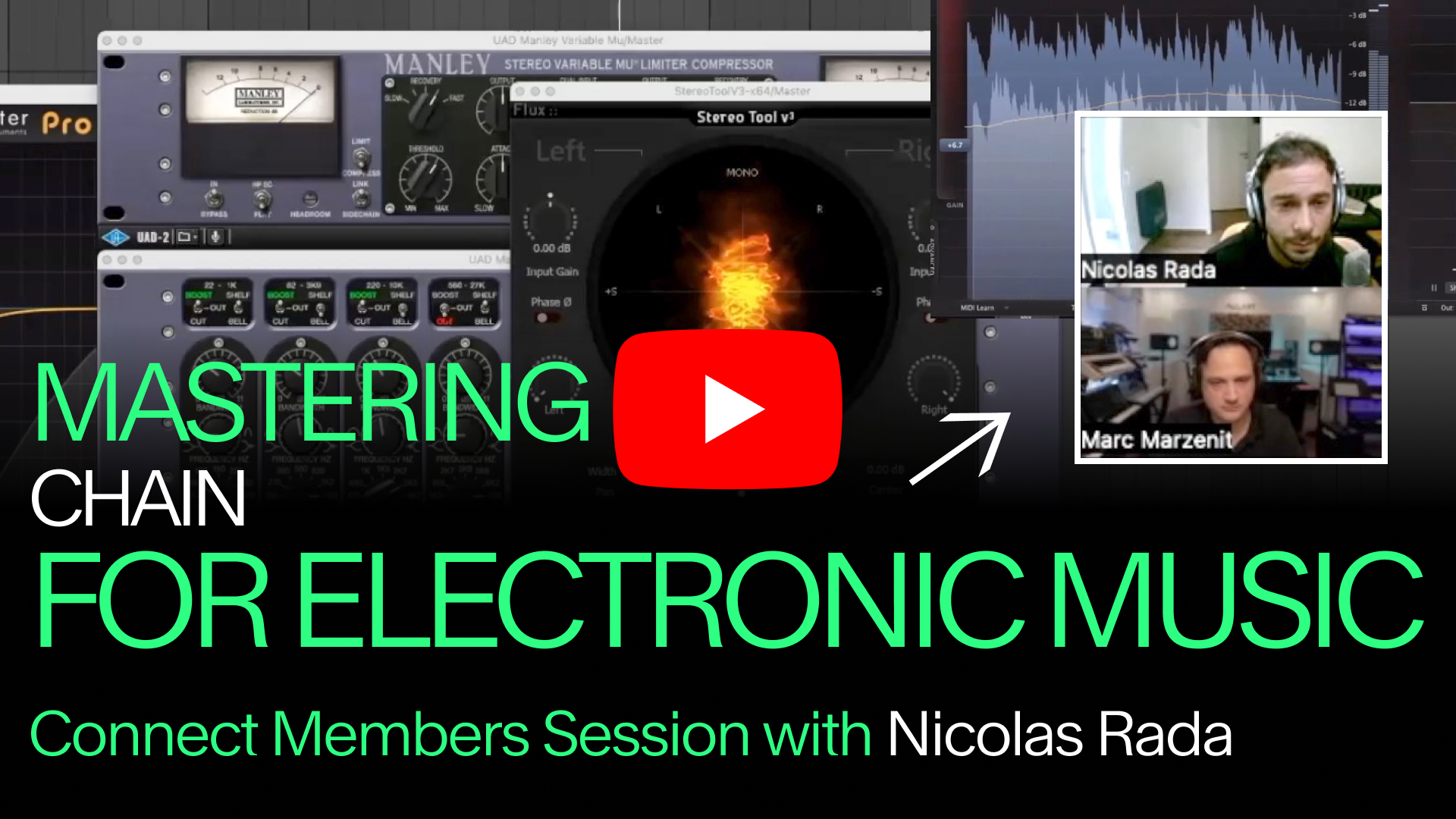





 50 Industry Music Production Tips You Must Know
50 Industry Music Production Tips You Must Know




